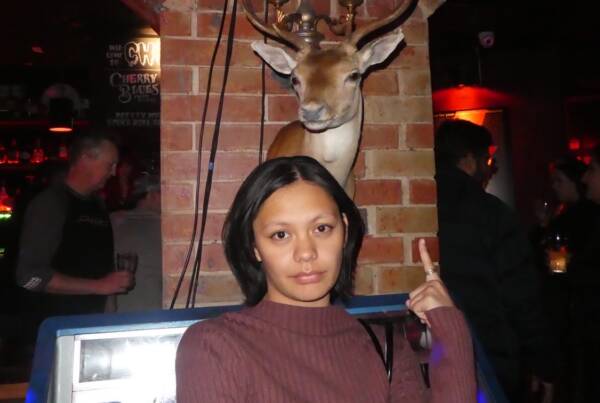Writing by Haylee Penfold // photograph by Stefania Papagni // However, abusers can be intimate partners, ex-partners, family members, friends, someone you work with or complete strangers and the intention isn’t always revenge.
Writing by Haylee Penfold // photograph by Stefania Papagni
In today’s society, a lot of our relationships and the way we communicate has turned digital. Instead of sending birthday cards, we post on each other’s Facebook walls or make an Instagram story. The same goes with our partner’s and intimate partners. Whether it be a way of celebrating self-love or a way to express sexual confidence with your partner, sending consensual explicit pictures with sexual intentions is slowly becoming a new norm. However, what happens when these pictures are distributed without the person pictured giving consent? This act of image based sexual abuse – or previously considered “revenge porn” -is considered a crime in Australia and perpetrators can face charges and possibly jail time.
The previous name of “revenge porn” gives the impression that the sharing of these images is solely revenge from an ex or a situation similar. However, abusers can be intimate partners, ex-partners, family members, friends, someone you work with or complete strangers and the intention isn’t always revenge. Intention behind the distribution of these images could be utilising the photographs for power and control in an abusive relationship, or an intimate partner boasting to friends about how hot their partner is. Whatever the intention – it is illegal.
As much as we hear about this happening, we don’t realise how often it actually occurs. This effects 1 in 10 Australians with women aged 18-24 most commonly victimised, along with those in the indigenous community and those with a physical disability. The pictures distributed are not always initially taken consensually, there are an abundance of cases where images are taken during sexual assault or without the person photographed even knowing the photos are being taken. In a survey conducted of over 4,000 people more than 20% said sexual content had been taken of them without their consent.
Whether the images were taken consensually or not, the outdated argument of “well, you took the photos in the first place!” is nothing more than victim blaming. A person should not be blamed for sharing pictures of their own body at their own will to someone they trusted, this is not a crime. Arguments like this make taking action when the situation arises extremely hard for victims.
If you, or someone you know becomes one of the one in ten people to fall victim to image based sexual abuse, here are your options:
Pressing charges: parts of Australia offering protection with criminal law since seeing maximum penalty of three years jail time and fines up to $18,000.
If you don’t want to face the emotional burden of filing a police report, you can stop the abuse and get the images taken off the internet by reporting your incident to the Office of eSafety Commissioner who can take it out of your hands and ensure social media companies and online platforms are aware of your case.
If you are wanting to get some legal advice from a lawyer, there are free options available from Women’s legal Services Australia and Legal Aid. For confidential information, referral and councelling services contact 1800 RESPECT.







